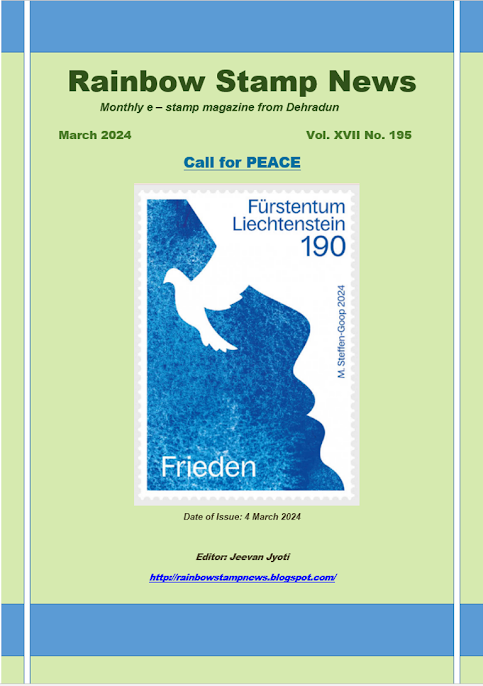Date of Issue : 6 May 2011
Hi ! I In this Post some nice stamps featuring fruits and Butterflies…Well this is the time of fruits…..Magyar Posta issued a set of two stamps on 6 May 2011 featuring fruits from Hungary.The HUF 145 stamp shows the domesticated apple and the HUF 310 stamp depicts the cat’s head pear. Another set features beautiful butterflies and Moths with a nice MS. Both the sets are colorful and very attractive and sure to be liked by all stamp lovers !! This is all for this evening ….Till Next Post …Have a Nice Time !!
Domesticated apple
Its origin is uncertain but it was certainly grown in the 16th century in France. In Hungary it is still grown in small gardens and vineyards on the Great Plain. It ripens in August. Its 240-300 g fruit is a flattened ball with a whitish yellow flesh and stripy skin, and there is also a single colour clone version. Its flesh is hard and highly acid with little flavour. It is favoured for its size and is widely used in cooking. The tree has a large crown with big leaves and remarkably small buds. It starts producing late but then produces well, albeit in phases. The species tolerates a va-riety of growing locations but it likes alkaline soil the least. The tree is excellent for old fashioned gardens and requires minimal care. The fruit can be kept until the end of September in a cool larder.
Cat’s head pear
Already cultivated in 1590 in the Bamberg nursery, it became known in French areas as well as West Hungary. Its fruit is large, about 9-9.5 cm in diameter. Its stem is thick and strong and does not drop easily. Hard skin and yellow flesh are typical with a reddish-brown skin on the sunny side. Its flesh is crispy and coarse but not stony. Sweet, but a little tart, it is the typical kitchen type. It used to be popular for stewed fruit and jelly. In France it was also fermented to make perry. During November and December after-ripening is finished but it can be kept until spring.
Moths and Butterflies from Hungary
Date of Issue : 6 May 2011
Insects with scale covered wings (Lepidoptera) include moths and butterflies, which are thought to be the last order to have evolved among arthropods. To date about 150,000 species of moths have been identified, and 3,500 are known to have occurred in the Carpathian Basin. Insects belonging to the Lepidoptera order are commonly described in Hungarian by a number of words, which can be summarised in English as moth and butterfly. Most of the species representing 40 moth families living in Hungary are small and fragile, but there are some which are large and fat, and they usually fly at night. The ones that are nocturnal are called moths in everyday speech. The word butterfly is mainly used for the splendid dainty species with beautiful coloration, which are on the wing during the day. All butterflies belong to one family only, which is represented by 4 species in Hungary. These, compared to their wonderful rela-tives living in the tropics, are elegant but modest in appearance.
The stamps of the set show, in order of ascending face value, on a white background Freyer’s Purple Emperor (Apatura metis), which is characteristic in the Danube’s catchment area, Esper’s Marbled White (Melanargia russiae), which used to live in our forest steppe areas but has now disappeared, Garden Tiger Moth (Arctia caja), now a less frequent visitor to our gardens, and the Willowherb Hawk-moth (Proserpinus proserpina), still quite common in wet meadows. In the border and the stamp design of the numbered block the splendid Large Copper with its original coloration is repeated in a delicate drawing, imparting a special rhythm. This butterfly occurs in marshland in Hungarian areas. Butterfly motifs are likewise repeated in the design of the first day cover and the special postmark.
: Magyar Posta
Wolfgang Beyer, Germany
David Jastrzbski, Dijon - France



























.png)













No comments:
Post a Comment